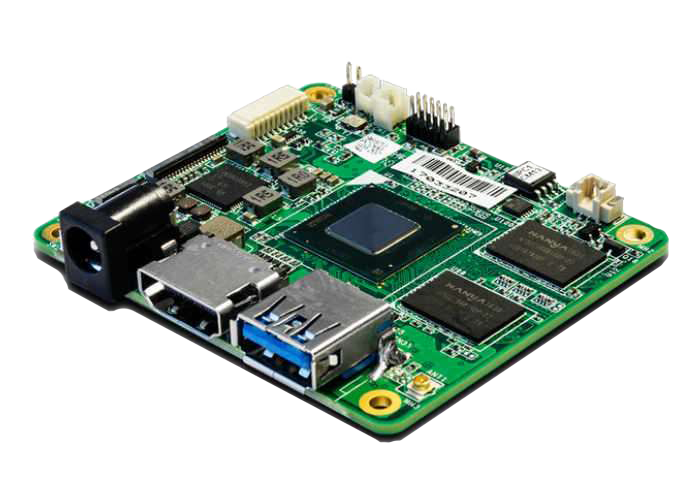

deleted by creator
embedded engineer


deleted by creator
1 in 10 Americans think rust is a good thing.


Fun to play with? Xbox: no Brick: yes
deleted by creator


Pretty sure I read before that those counts do not include federated instances and only represent user/subscriber count on the instance you’re viewing from.
Intrigued by the asterisk on Slackware…


Strange, I wonder if that was the SD card or one of the SATA drives? I mirror my data between the two HDDs for redundancy and occasionally run remote backups, though I’ve never had any problems with data loss. Been running mine for 2-3 years.


I’ve got an Odroid HC4, comes in a toaster-like enclosure with two SATA ports. Quad-core, 4gb RAM. Works well if you want something fairly simple.
Why is this a screenshot? Couldn’t you have just copied the text?


I’ll admit I may not understand economies well, but the inverse is that these publishers are enabled to charge higher prices in higher-income countries. The cost of creating their goods is constant, so if Valve isn’t selling at a loss to poorer regions then they are simply extracting additional profit from higher-income regions on the assumption that those customers can afford it.
I wonder how this kind of scenario plays out in other industries. Regardless, it seems like the EU has a goal of reducing gaps in buying power between their members, and their unified digital market is a step in that direction.


Did you read the article? This isn’t comparable to your India vs America example, it’s specific to prices only within the EU where the EU has digital market rules that specifically prohibit this.
What Valve did does sound like price-fixing too according to your linked definition of “an agreement among competitors to [fix] price levels”:
“Valve and five publishers (Bandai Namco, Capcom, Focus Home, Koch Media and ZeniMax) agreed to use geo-blocking so that activation keys sold in some countries … would not work in other member states. That would prevent someone … buying a cheaper key … where prices are lower.”


Gen Z here. Oldest computer I remember my family having was an XP tower, a Dell Dimension.
I studied computer engineering, and that interest pulled me into retro tech. I love seeing what older hardware is capable of — I’ve got a Pentium laptop that can load old Reddit and stream music over wifi.
There’s a trove of old hardware and software to dig through too with so many unique odds and ends. History and tech worth preserving. One of my favorite projects so far was doing some programming challenges in BASIC on an Apple II. Anything old-tech is fun to me :)


Amazing read, thanks for sharing. It’s fascinating to see that it is now hobbyist-accessible to design and order a PCB that intercepts BGA connections, something that at the time was Microsoft’s sure-fire trick to disable JTAG.


I can never stick with gnome/gtk because it’s been impossible for me to get a consistent theme/look across my apps.
Newer gnome/gtk has its DPI jacked so that the title bar, buttons, etc. are far too huge for my desktop or laptop, with the only fix being to tinker with the theme config files. Older gnome apps don’t have this issue, but their themes are incompatible so good luck finding a matching theme pair. Non-GTK apps would get stuck with the newer title bar — I swear it would be >100px tall. And doesn’t gnome/gtk 4 have an even newer theme interface that’s incompatible with 2/3?
I’ve since moved to openbox and tiling managers; they actually bother to get this right.
I recently got a Canon Pixma G3060 series printer. It’s one of those ink tank ones, so getting refills is no problem. It cost $300 CAD and came with ink bottles for ~7000 pages of printing; a pretty good deal if you’re printing often. I couldn’t find a good laser printer at this price point, certainly not a color one.
Linux works great with it once it’s set up, no proprietary drivers or extra junk. CUPS does wireless printing just fine, and I can use Xsane to scan documents too.


I’ve had success combining these two ideas: my desktop has a separate user for work, and I’ll access it through SSH or a remote desktop from anywhere with my old Thinkpad. Using this setup at the library really helps me focus, for example.
The laptop (a Thinkpad X201) I picked up off of ebay for $100 or so too, so it’s a decent option if you don’t want to spend extra on a high-spec laptop.


I would figure out the range of salary the type of position usually goes for, then start with an estimate slightly higher than that. Assuming this a full-time role, you’ll need to account for things like “office” expenses, healthcare, utilities (internet?), and what you will eventually owe in taxes. Contractors’ rates will often be “higher” than salaries for the same position because of this, but in the end the amount you actually take home will balance out.
I’ve done contract work since finishing university, and managing taxes and expenses has been a constant challenge. Make sure you’re comfortable with the deal you make.
Piwigo does have a plugin for video upload and playback, and it looks like Live Photos are WIP or at least available through the website, not the app. There are some other neat plugins too like map/geotag support.
The app’s upload functionality can work well for backups too; it isn’t automatic, but it does support batch/folder uploads and remembering which photos you’ve already uploaded.